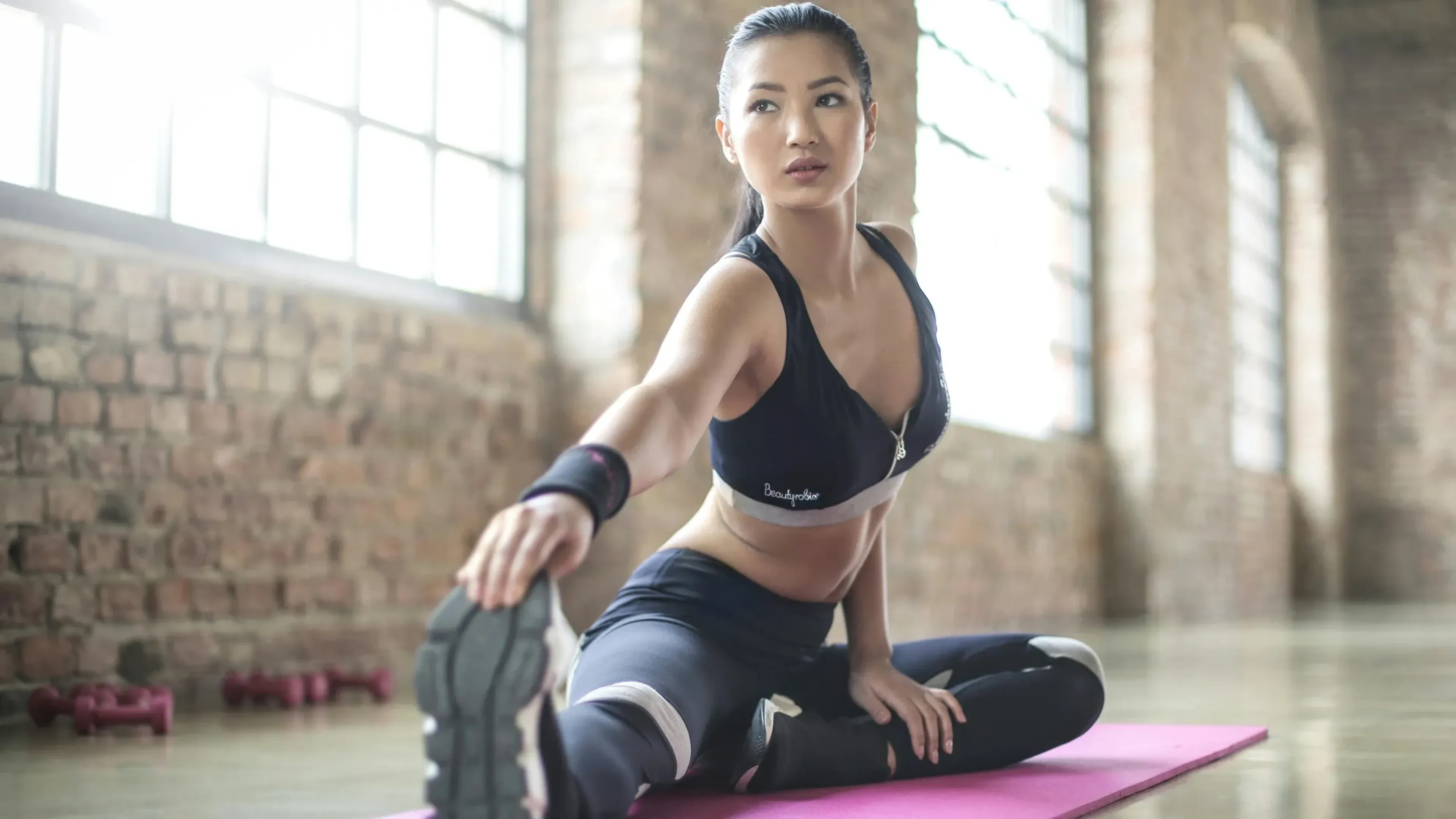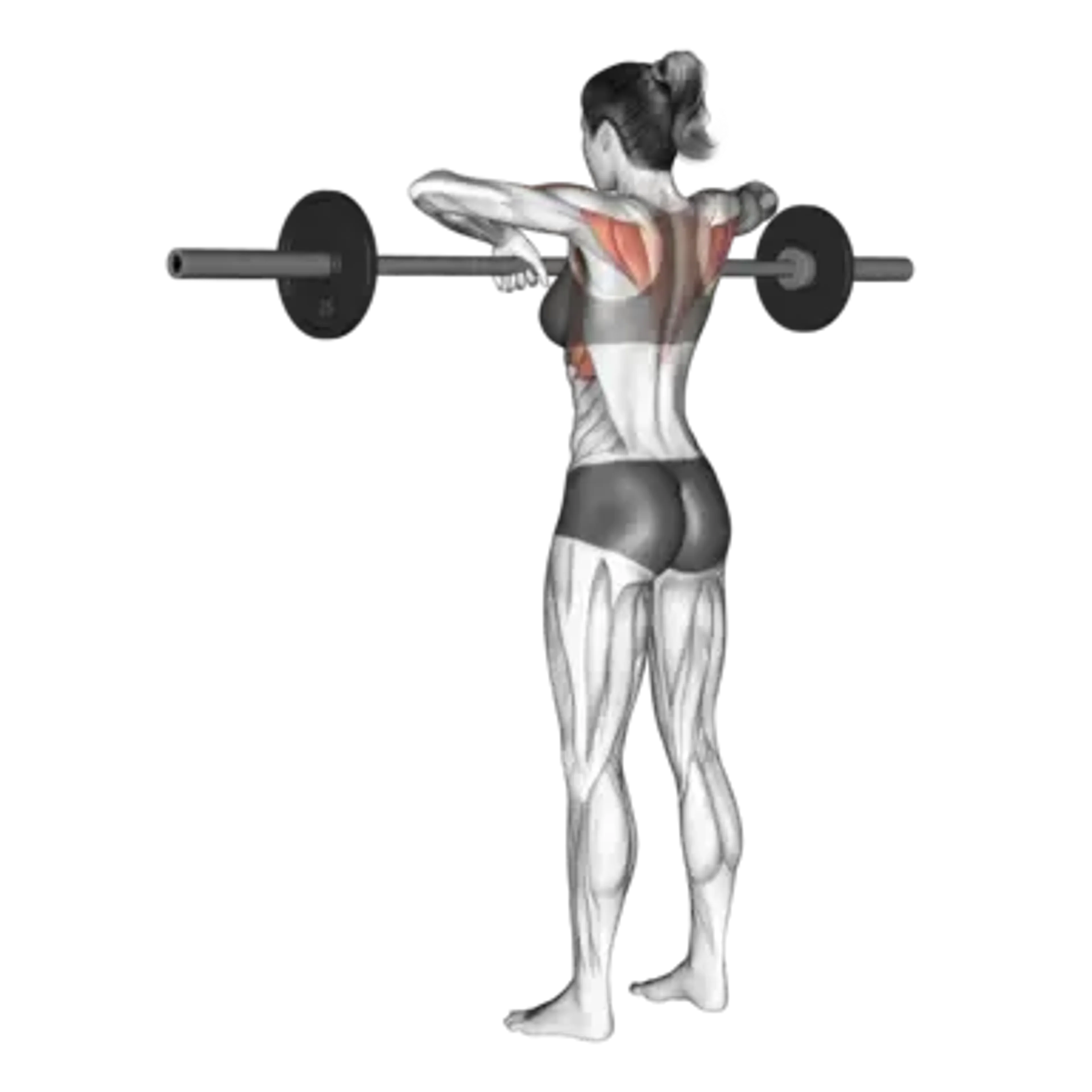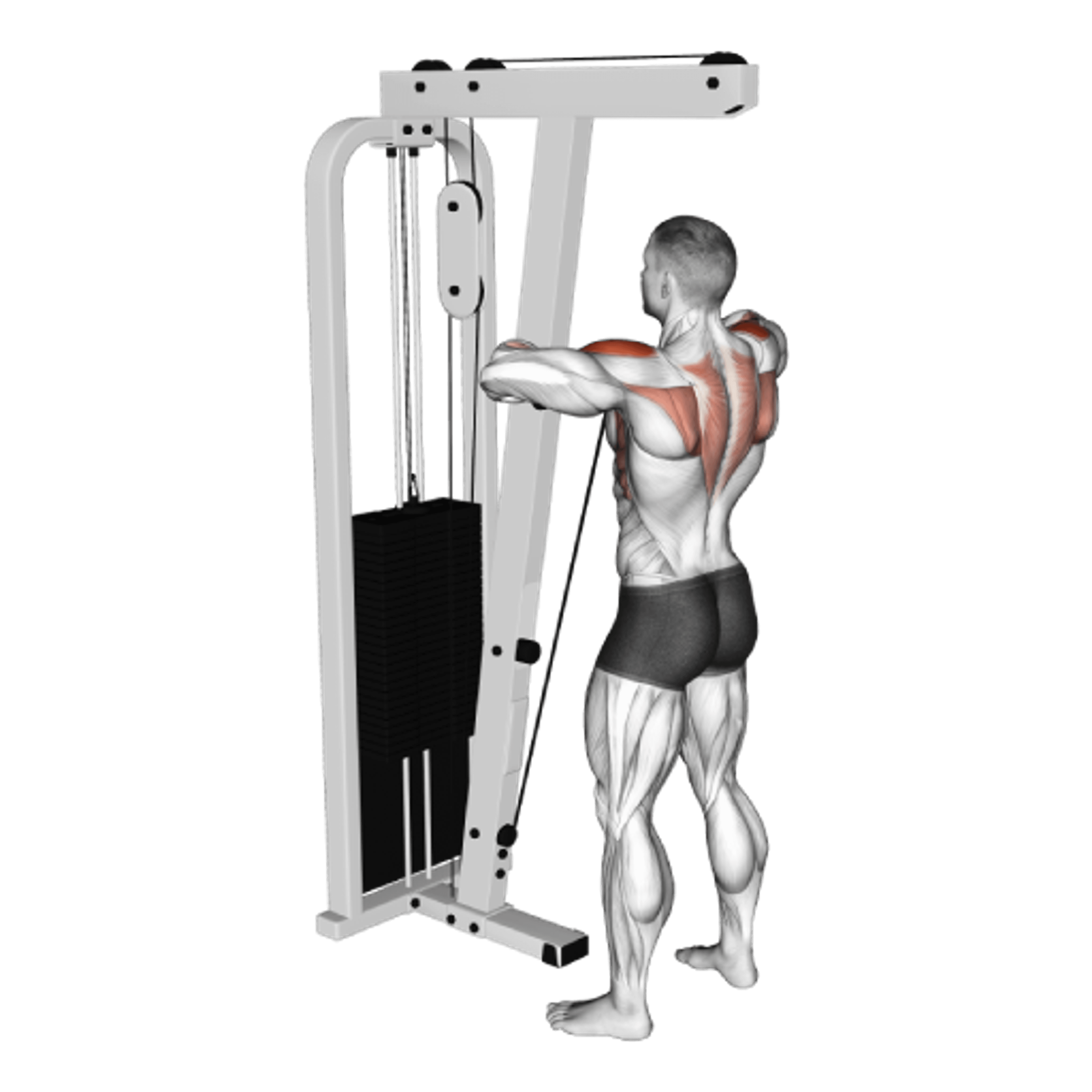Dumbbell Upright Row

Overview
- Primary Focus:
- Shoulders.
- Equipment:
- Dumbbell.
- Difficulty:
- Beginner.
General Information
Dumbbell Upright Row is a compound exercise that primarily targets shoulders and also engages back, biceps, and forearms. It is a beginner-level movement that uses independent implements for a natural wrist and shoulder path.
Dumbbells allow small adjustments in elbow width and wrist angle, which many lifters find more comfortable than a fixed bar. A moderate elbow height emphasizes the delts without excessive shrugging.
Choose this variation over Barbell Upright Row or Smith Machine Upright Row when you want more freedom of movement and easier load increments.
Expect a clear lateral‑delt sensation with steady control. Keep the bells close and tempo smooth to maintain tension throughout the set.
Muscles Worked
- Deltoid
- Primary
- Lower Trapezius
- High
- Biceps Brachii
- Medium
- Brachialis
- Medium
- Brachioradialis
- Minimal
- Serratus Anterior
- Minimal
Instructions
- Hold two dumbbells at your thighs with an overhand grip, palms facing your body, feet hip‑width apart.
- Brace and set shoulders down; keep your chest tall without leaning back as you pull.
- Drive elbows up and out, keeping the bells close to the torso on the way up.
- Stop near shoulder height and keep wrists neutral; avoid cranking higher or rolling shoulders forward.
- Lower under control to full arm extension while maintaining tension and posture.
- Repeat for the target reps with a steady tempo and consistent elbow path.
Common Mistakes
Injuries
Dumbbell Upright Row is a medium risk exercise when performed with proper technique.
Independent implements can reduce joint stress, but over‑pulling or shrugging may still irritate the shoulders. Keep elbows at or just below shoulder height and maintain neutral wrists.
If discomfort appears, shorten range, lighten the load, or switch to a cable upright row with a neutral grip. Stop if sharp pain or numbness occurs.
Alternative Exercises

Frequently Asked Questions
- Q: What dumbbell orientation should I use?
Hold with palms facing your thighs and keep a neutral wrist. Slight external rotation is fine if it improves comfort while the elbows still lead the path.
- Q: Best rep range for muscle gain?
Sets of 8-15 with a smooth tempo typically provide good tension and technique. Choose a load that lets you keep elbows leading and range controlled.
- Q: How do I avoid shoulder discomfort?
Widen your hand spacing slightly, stop at shoulder height, and reduce load if needed. If discomfort persists, use a cable handle or lateral raises for a while.
- Q: Should I pause at the top?
A brief 0.5-1 second pause can improve control and reduce shrugging. Keep elbows leading and avoid pushing into uncomfortable positions.
Overview
- Primary Focus:
- Shoulders.
- Equipment:
- Dumbbell.
- Difficulty:
- Beginner.




